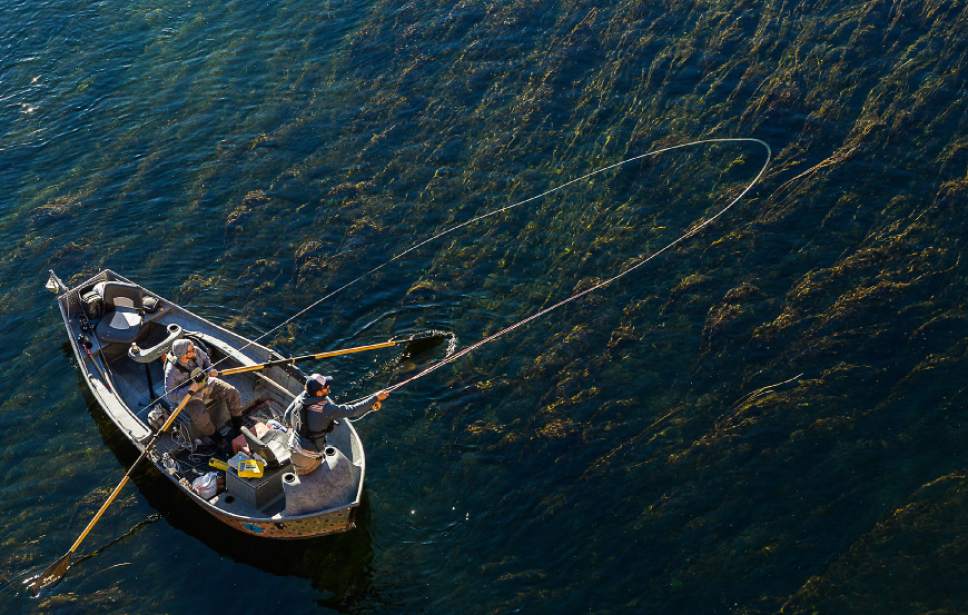This is an archived article that was published on sltrib.com in 2016, and information in the article may be outdated. It is provided only for personal research purposes and may not be reprinted.
A court ruling, unless appealed, has removed the final state hurdle for a Utah company planning to build a nuclear power plant near Green River, putting the fate of the $20 billion project in the hands of federal regulators.
The Utah Court of Appeals affirmed Thursday an earlier court ruling allowing Blue Castle Holdings' plan for a nuclear site in Emery County to continue. The unanimous opinion affirms the 7th District Court's 2013 ruling that the company's bid would not overly tax the river by diverting water to cool a pair of nuclear reactors.
The decision nullifies an appeal from the environmental advocacy group HEAL Utah, which contended that Blue Castle Holdings' nuclear site would significantly reduce water levels for the Green River, adversely affecting wildlife and the public welfare.
The Court of Appeals, instead, supported the findings of a state engineer, who granted the company's initial application, saying that water levels for the Green River, a tributary of the Colorado River, will not decrease by more than 11/2 feet in width and 11/2inches in depth 99 percent of the time while the nuclear power plant draws from it.
Though HEAL Utah says it fears low water levels, the state has not met its limit on water usage from the Green River in accordance with the Colorado River Compact, a multistate agreement, court documents state.
The higher court determined that the company's proposal, though a "risky venture," is within state law, which requires water use to be beneficial. In generating power, Blue Castle meets that requirement and can move forward with its water-rights lease, the opinion states.
HEAL Utah, in its legal arguments, also said Blue Castle's plans weren't feasible or economically supported. The Court of Appeals wrote that the company has proved its financial commitment to the project by investing about $17 million of the $15 billion to $20 billion necessary to complete the plant.
"Blue Castle has proposed a site for the plant, invested money to develop the plant and offered a detailed description of the purpose for the water and specific amount of water needed," court documents state. "This enormous risk and detailed plan for the nuclear plant demonstrates that Blue Castle's interest in obtaining this water is not merely speculative."
Though it has preliminary approval for construction in the state, Blue Castle also must be assessed by the federal Nuclear Regulatory Commission and undergo safety and environmental reviews.
In a news release, Matt Pacenza, executive director of HEAL Utah, said the group — as well as the two other plaintiffs, environmental groups Living Rivers and Uranium Watch — is "disappointed" by the ruling, but still optimistic.
"Utahns opposed to the project shouldn't worry. This remains a project which has failed to attract investment or interest from any utility," Pacenza said. "If no one wants to fund your project, or buy the product you're selling, then you're going nowhere."
The Court of Appeals and the district court noted that while it was "unclear" whether Blue Castle would have business partners in its endeavor, the project could "eventually be profitable."
HEAL Utah will study the ruling, Pacenza said, before deciding whether to file another appeal. The Court of Appeals, though, noted several weak spots in HEAL Utah's original filing.
The court opinion states: "Our analysis of HEAL Utah's arguments is limited because its arguments are often inadequately supported and briefed."
Pacenza acknowledged that the appeals brief could have been stronger. "We developed some issues with our counsel late in the process," he said. "We didn't present as strong a case as we had hoped. But we still believed these critical issues should be heard by the court."
Twitter: @CourtneyLTanner





